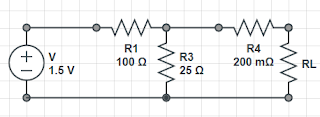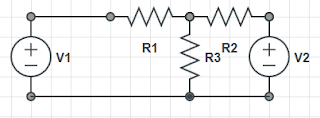In West Bengal, India, people would oft have been boastful of the bengali literature, especially poetry. In 1913, the great philosopher-poet Rabindranath Tagore was awarded the Nobel Prize, which was a great triumph of bengali literature in the global stage. He became the first asian to do so and subsequently modern connoisseurs of bengali poetry continued to play a major part in order to popularize and spread the humanistic concepts of this art. But, they would have never imagined that this art would be neglected and humiliated in about 100 years time. Kazi Nazrul Islam, Sukanta Bhattacharya, Bishnu Dey and others led the spontaneous flow of bengali poetry for the next five-six decades. But it became evident that many people were getting less interested in this art and the worldwide number of readers of bengali poetry steadily declined, culminating in the school-level text books. In the 21st century, majority of all bengali poems written are strictly becoming out-of-print or in worst scenarios, extinct. Modern bengali poetry is mainly restricted in school-level text books as mentioned earlier. So, the dire need to save and promote this great art grew and little magazines started to get published. Some conscious people founded "Bangla Kobita Academy" and it launched a platform for poetry lovers to step on, enjoy and excel: "Chandrobhas". It is nothing but another little magazine. But it is easily differentiated from other members in this category by many ways. Firstly, it is edited by Ajit Trivedi, a poet noted for his intellectual verse; mixed with emotion, motion and profoundness. Then comes its contents, which is highly regarded and acclaimed for featuring many modern faces as well as promoting a great sense of humanity. Then, it can be perceived as an initial podium for the revival of poetry in modern society. Finally, one serious point to consider: it takes the art of letter writing and translation very seriously which historically have been ignored and treated unkindly in the path of bengali literature, It is published from 17/2/H/17 Canal West Road, Kolkata. "Bangla Kobita Academy" also has some other initiatives which they look to execute on a bigger scale. Overall, it is a serene magazine to read and a good step towards the future...
[Originally Posted On An Associated Blog]



